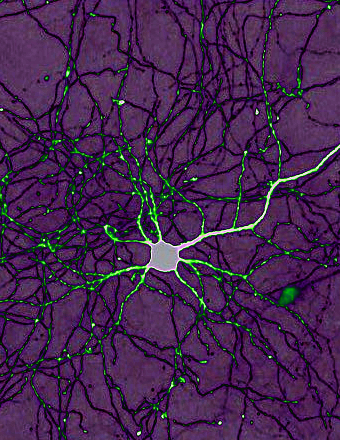Fearful memories unpicked
 New research looks at why the memory of fear is seared into the brain.
New research looks at why the memory of fear is seared into the brain.
Experiencing a frightening event appears to last longer in the memory than other kinds of occurrences, which can become increasingly difficult to recall with the passage of time.
Neuroscientists from the Tulane University School of Science and Engineering and Tufts University School of Medicine have been studying the formation of fear memories in the emotional hub of the brain - the amygdala - to understand why.
The researchers found that the stress neurotransmitter norepinephrine, also known as noradrenaline, facilitates fear processing in the brain by stimulating a certain population of inhibitory neurons in the amygdala to generate a repetitive bursting pattern of electrical discharges.
This bursting pattern of electrical activity changes the frequency of brain wave oscillation in the amygdala from a resting state to an aroused state that promotes the formation of fear memories.
Molecular biology researcher Dr Jeffrey Tasker uses the example of an armed robbery to explain.
“If you are held up at gunpoint, your brain secretes a bunch of the stress neurotransmitter norepinephrine, akin to an adrenaline rush,” he said.
“This changes the electrical discharge pattern in specific circuits in your emotional brain, centred in the amygdala, which in turn transitions the brain to a state of heightened arousal that facilitates memory formation, fear memory, since it’s scary.
“This is the same process, we think, that goes awry in PTSD and makes it so you cannot forget traumatic experiences.”
The full study is accessible here.








 Print
Print